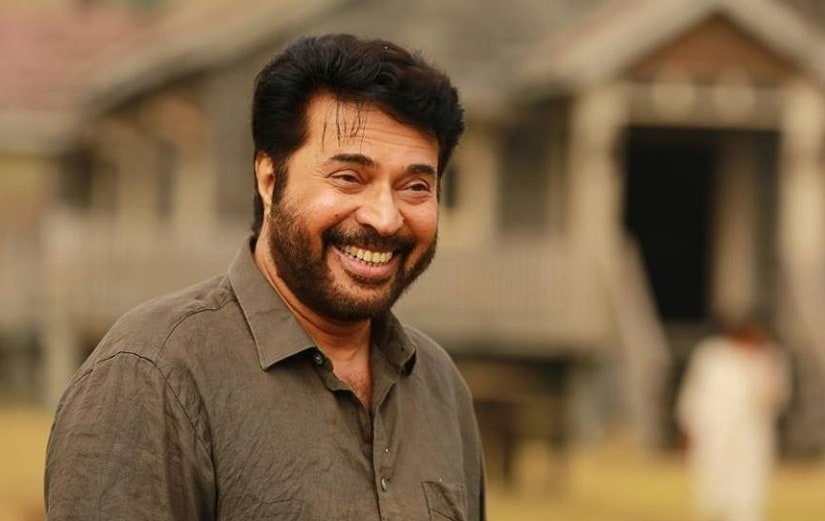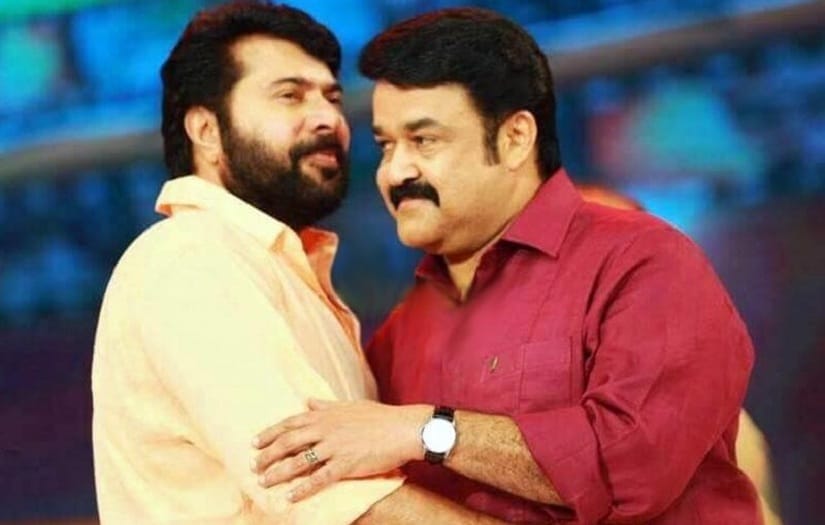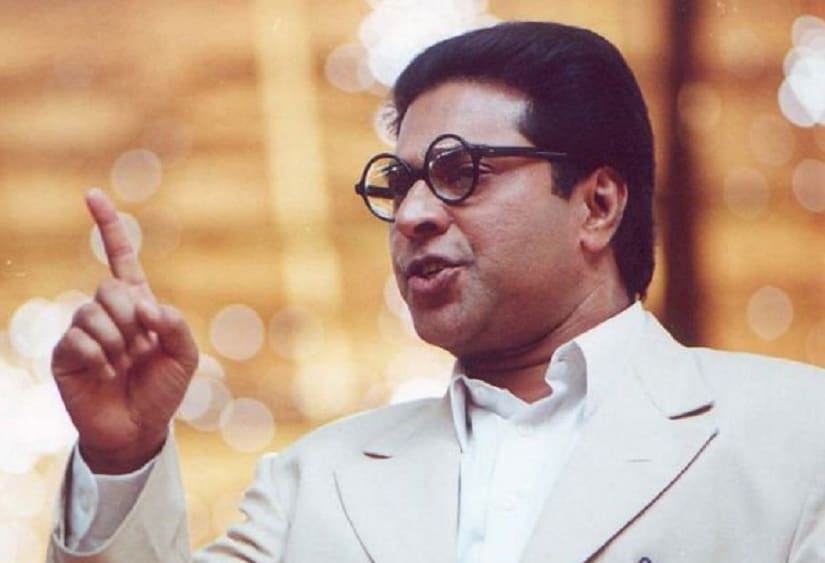When asked why he chose Mammootty to play YSR, considering Telugu cinema isn’t exactly wanting in talents, director Mahi V Raghav spoke about a scene from Mani Ratnam’s Thalapathi that aided him in coming to this decision. It’s the confrontation scene between Surya, Deva and the new collector at his office. A brilliantly staged superstar whetting scene, where Rajinikanth’s Surya is at the centre of action, exchanging a torrent of angry words with his step-brother, Arjun (Aravind Swami). As the anger and words seem to simmer down, Mammootty’s Deva who has been a passive speaker, unfolds his hands, gets up, looks straight at the collector and asks him what he wants. When he is told to give up everything, Deva calmly says—“Mudiyathu” (not possible) and walks away. “In that very scene, when he walks away, you walk away with this man. You forget about all others in the scene and what they said,” says the director, elaborating on Mammootty’s charisma. This year, the 67-year-old Malayalam megastar—who has appeared in over 400 films, won several National and state awards and is considered one of the finest actors in Indian cinema—is also making a re-entry into Telugu and Tamil cinema after more than a decade. His last Tamil and Telugu outings were the bilingual action film, Vande Mataram (2010) and the C Umamaheswara Rao-directed Surya Putrulu (1996). Earlier this week, director Ram’s Peranbu was released here, after making its rounds at all the International film circuits. And it has unanimously won over the critics and masses alike and has been declared Ram’s best film and Mammootty’s most seminal work in the last decade. It seems Ram’s decision to wait for eight years for Mammootty’s availability because he believed only the actor could have pulled off Amudhavan has paid off brilliantly. [caption id=“attachment_6042801” align=“alignnone” width=“825”]  Mammootty in Peranbu. Image via Twitter/@sidhuwrites[/caption] “I can’t imagine him doing a Peranbu in Malayalam, where he is trapped by a woman and marries a transgender. Of course, it’s welcoming but most superstars would rather do such roles in other languages where they don’t have to fear an image there. It’s about the actor getting magnified without damaging their local persona,” says veteran film writer and author CS Venkiteswaran. Mammootty’s Hindi debut was in Iqbal Durrani’s Dhartiputra (1993) where he played Kapil Dev Singh, a quintessential North Indian character, but the film bombed at the box office prematurely ending his Bollywood career. He did try his hand at an indie film directed by Bappaditya Roy called Sau Jhooth Ek Sach in 2005. In sharp contrast, the actor’s sojourn in other South Indian languages have been very successful. Two things have always worked heavily in his favour: his expertise in languages and his ability to transform completely into the character. And it’s a well-known fact that he insists on dubbing for himself as he believes a good performance is incomplete without one’s voice. Director Ram confides in an interview that, for Peranbu, he made the actor dub four times to get the diction and pronunciation right. For Yathra, it is said that he wrote the Telugu dialogues in Malayalam and was helped by a voice coach while dubbing. It is said that in the early 1990s, he refused Bengali director Rituparno Ghosh’s film because he didn’t have the time to learn Bengali. The other superstar in Malayalam, his contemporary Mohanlal has only made sporadic appearances in other languages. He debuted in Ram Gopal Varma’s Company—widely regarded as one of his best performances—but he played a Tamilian cop in the film. While Ram Gopal Varma’s Aag, where he reprised the role of Sholay’s Sanjeev Kumar, unfortunately turned out to be the director’s worst work till date. “It’s also vital to compare him with Mohanlal, who seldom acted in other languages. Look at the parallel lives they lead. While Lal is digressing back to local characters like Odiyan and Ithikkara Pakki (Kayamkulam Kochunni), Mammootty is going for a more pan Indian representation. In Malayalam cinema, they have grown up together; they need each other and represent the adherence of Malayalee masculinity—one is strong while the other is vulnerable. So, this new dimension is interesting,” maintains CS. [caption id=“attachment_4451383” align=“alignnone” width=“825”]  Mammootty (L) and Mohanlal. Image via Twitter[/caption] Mammootty’s Tamil filmography has been impressive. He debuted in Malayalam director K Madhu’s Mounam Sammadham (1990), which was loosely based on the CBI Diary Kurippu series he did in Malayalam. Then came K Balachander’s Azhakan, where he played a widower Azhagappan, who is courted simultaneously by three women. Both were roles that held no challenge for the actor in him, considering his illustrious films in Malayalam. And then came Mani Ratnam’s Thalapathi where he was pitted against Rajinikanth, who plays Karna to Mammootty’s Duryodhana—and it seemed like a casting coup of sorts. Mammootty matched his co-actor’s flamboyance with intensity and held his own in every frame that celebrated the Tamil superstar. Apart from the scene mentioned earlier, there is an emotional scene where Surya reveals the truth about his half-brother Arjun to Deva. Mammootty’s reaction is simply outstanding—a mixture of joy, love, gratitude and disbelief. Actor Prithviraj once said in an interview that Mani Ratnam told him that Rajinikanth would get nervous during the emotional scenes with Mammootty. Out of the 16 films in Tamil, the top picks apart from Thalapathi and Peranbu (easily his best) would be Lingusamy’s debut film Aanandam and Rajiv Menon’s Kandukondain Kandukondain. In the former, he played the eldest brother of a joint family where the entry of women lends conflict to the milieu. His Thirupathy was someone who belonged to the interiors of Tamil Nadu and besides looking the part there was no trace of an accent in his Tamil. In Kandukondain, he was a disgruntled army veteran who has lost a leg and carries a lot of emotional baggage. The 1996 film Makkal Aatchi, where he plays a politician, was one of the biggest hits of that year, along with Rajinikanth’s Muthu. On the heels of it came a spate of forgettable films—Marumalarchi, Edhirum Pudhirum, Karmegham, Edhirum Pudhirum—packing local flavour, and sprinkled with politics and family conflicts. One of the biggest Malayalam hits in Tamil Nadu is Oru CBI Diary Kurippu, while the actor’s Samrajyam was a big hit when it was dubbed and released in Telugu. In Telugu, he debuted with K Vishwanath’s Swathi Kiranam, in which he plays a classical musician who out of jealousy kills his young protégé. It’s one of his most underrated acts (the character ages between 30-60 years), as the film didn’t get the audience it deserved back then. Probably his least celebrated role is in an Indian English language film—Dr Babasaheb Ambedkar. Director Dr Jabbar Patel after exhaustively scouting for a face that resembled the Dalit revolutionary finally found him on the cover of a magazine. When Patel reached his home with the copy of the computerised image, it is said that the actor was astonished but refused as he was asked to shave off his moustache for a long period of time. Finally, Adoor Gopalakrishnan convinced Mammootty to give it a try. After the release of the film Patel said, “One of the biggest challenges before me was that there wasn’t much of a reference point when it comes to Ambedkar. The only one I saw was a two-minute video footage of him giving a speech.” The director described Mammootty’s performance in so many words: “He gave a terrific performance, looking the part…even smiling and getting angry like Ambedkar. One can act emotional, show anger and all that. But how do you show that you are intelligent? He was trying to construct a role from within with just cerebral support. You will notice that he doesn’t have many big speeches in the film. But he’s still so expressive in silence!” And sure enough, he continues to be the only Indian actor to have won a National Award for acting in an Indian English language film. [caption id=“attachment_6042771” align=“alignnone” width=“825”]  Mammootty in Dr Babasaheb Ambedkar. Image via Twitter/@munakkafans[/caption] “I think pulling off an Ambedkar and Thalapathi was more challenging than Peranbu for the actor. One was about a real-life character and a visionary, while in Thalapathi he had to share screen space with another larger-than-life superstar,” says CS. The Yatra trailer has already garnered a lot of positivity, with the social media marveling at his command over the language and the way he has given his own interpretation to the late Andhra Chief Minister, by imbibing a few of his mannerisms. One has to wait till Friday to predict the fate of the film but rest assured Mammootty, the actor, will not let you down.
One has to wait till Friday to predict the fate of Yatra, but rest assured Mammootty, the actor, will not let you down
Advertisement
End of Article


)
)
)
)
)
)
)
)
)



